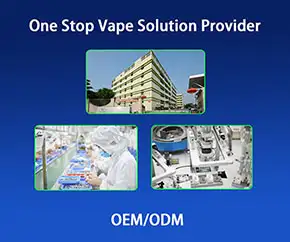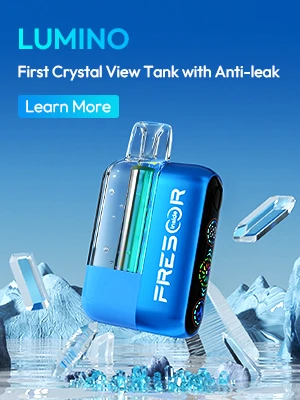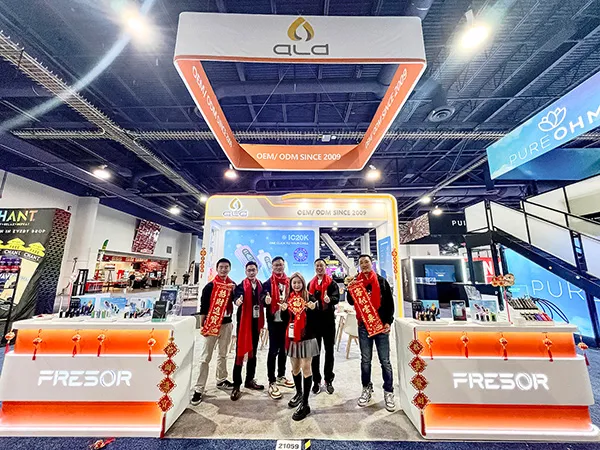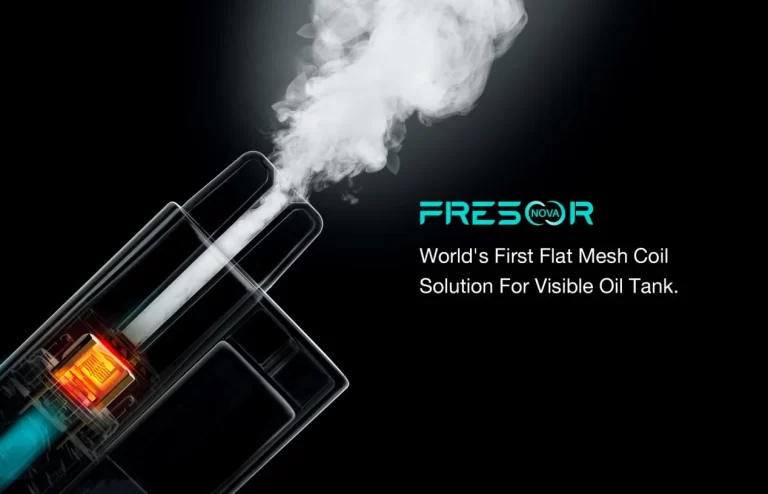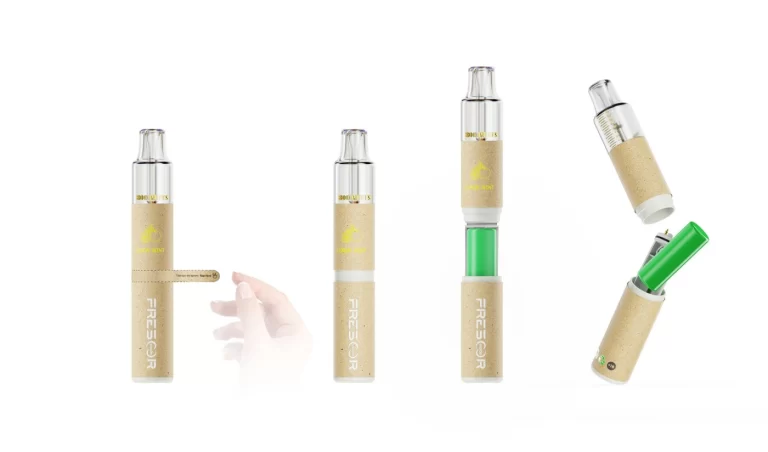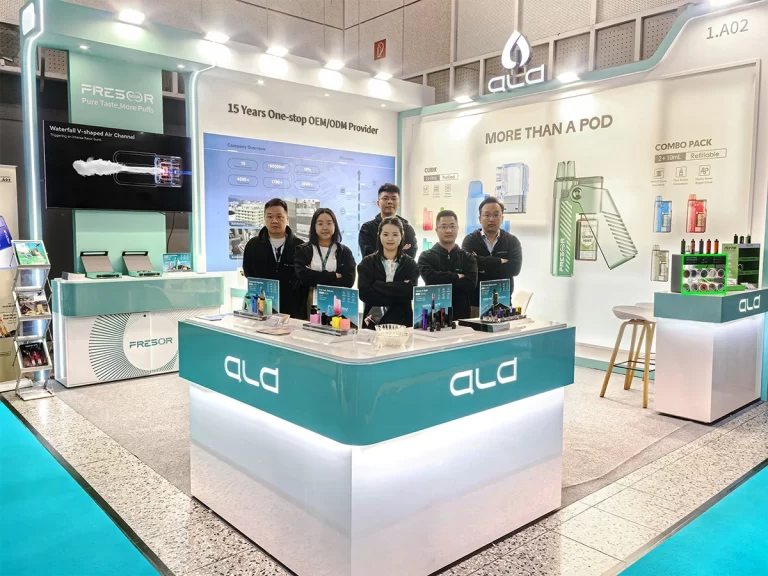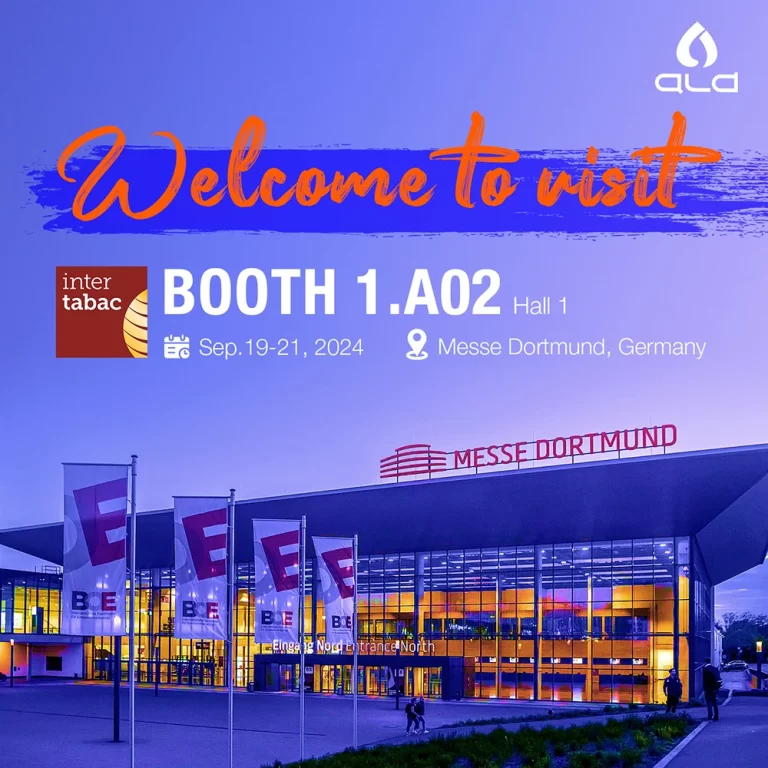The manufacturing process for vaping products, can vary depending on the type of device and the specific vape manufacturer. Keep in mind that safety, quality control, and compliance with relevant regulations(su as TPD for EU, PMTA for US and more. ) are crucial throughout the entire manufacturing process.
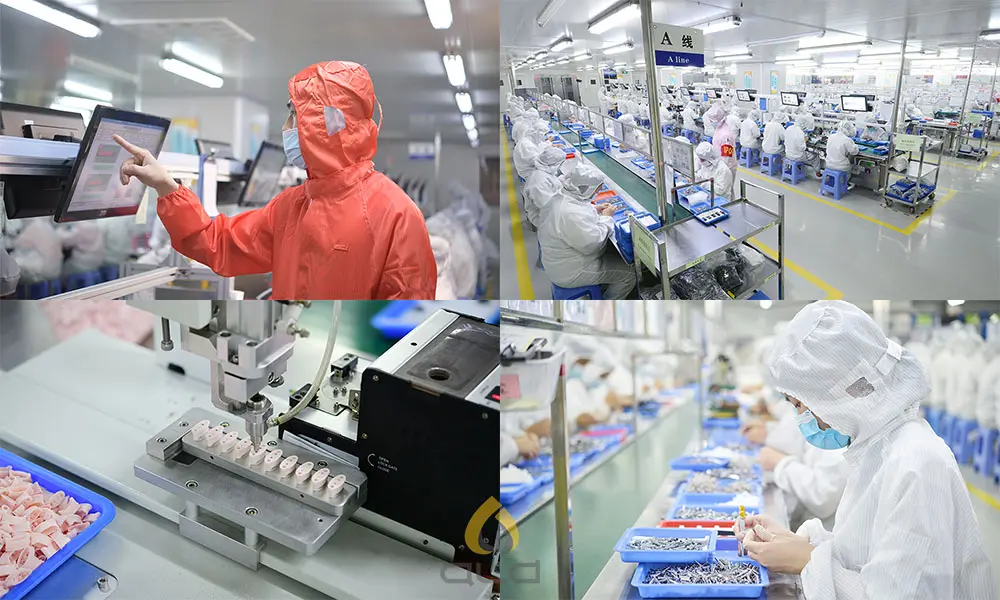
Vape Production Workshop
-
Design and Development:
- Design the vape device, including its size, shape, and functionality.
- Develop the electronic components, such as the battery, circuitry, and heating element.
- Design the atomizer, which includes the coil and wick, responsible for vaporizing the e-liquid.
-
Sourcing of Components:
- Procure the necessary components, including batteries, circuit boards, coils, wicks, tanks, and casings.
- Ensure that all components meet safety and quality standards.
-
Assembly:
- Assemble the vape device, including attaching the battery, circuitry, and atomizer components.
- Conduct quality control checks to ensure proper assembly and functionality.
-
E-Liquid Manufacturing:
- Mix the e-liquid, which typically consists of propylene glycol (PG), vegetable glycerin (VG), nicotine, and flavorings.
- Follow strict recipes and quality control standards to ensure consistency and safety.
- Test the e-liquid for nicotine concentration, flavor, and purity.
-
Filling and Packaging:
- Fill the e-liquid into cartridges, tanks, or pods, which are then sealed to prevent leakage.
- Label the product with appropriate warnings, ingredient lists, and branding.
- Package the vaping device and e-liquid for distribution.
-
Quality Control and Testing:
- Conduct rigorous quality control tests, including electrical and safety tests for the vaping device and chemical analysis of the e-liquid.
- Ensure the devices meet safety standards and are free from defects.
- Test for compliance with local, national, and international regulations, including age restrictions.
-
Compliance with Regulations:
- Ensure that the manufacturing process complies with relevant industry regulations, including those related to safety, labeling, and marketing.
- Follow any regional or national laws regarding the sale and distribution of vaping products.
-
Distribution and Sales:
- Distribute the vaping products to retailers, online sellers, or wholesalers.
- Implement age verification processes to prevent sales to minors.
- Advertise and market the products following regulatory guidelines.
-
Ongoing Quality Assurance:
- Implement a system for continuous monitoring, testing, and quality assurance to address any issues that may arise after production.
Manufacturing and sale of vaping products are subject to numerous regulations and safety standards in many countries. Manufacturers should be aware of and adhere to these regulations to ensure the safety of consumers and to avoid legal issues. Additionally, the vaping industry is evolving, and regulations may change over time, so manufacturers must stay up-to-date with the latest requirements and best practices.
Vape Automated Manufacturing
Vape automated manufacturing refers to the use of automated machinery and robotic systems to produce vaping products, such as e-cigarettes, vape pens, and associated components, in a highly efficient and streamlined manner. This approach utilizes advanced technology and mechanization to perform various tasks involved in the production process.
What is Vape OEM manufacturing process
-
Initial Consultation and Agreement:
- The company seeking to have vape products manufactured (the “client”) contacts a Vape OEM manufacturer to discuss the project.
- Both parties negotiate and agree on terms, including product specifications, quantities, pricing, production timeline, and quality standards.
- A formal contract or agreement is typically signed to document the terms and conditions.
-
Product Design and Development:
- The client provides design specifications, including the product’s size, shape, features, and branding.
- The Vape OEM manufacturer works on the development of the product, including designing the device, sourcing components, and creating prototypes.
-
Sourcing Components:
- The Vape OEM manufacturer procures the necessary components, such as batteries, circuitry, coils, wicks, tanks, and casings, based on the client’s specifications.
- The components must meet safety and quality standards.
-
Manufacturing:
- The Vape OEM manufacturer assembles the vape devices according to the client’s design and specifications.
- The manufacturer may also produce the e-liquids based on the client’s recipe or source them from a trusted supplier.
-
Quality Control and Testing:
- The Vape OEM manufacturer conducts rigorous quality control tests to ensure that the products meet safety and performance standards.
- Quality control checks are carried out to confirm that the products are assembled correctly and function as intended.
- Compliance with relevant regulations is ensured, and necessary testing is conducted.
-
Packaging:
- The vaping products are labeled, packaged, and branded according to the client’s requirements.
- Packaging may include warning labels, ingredient lists, and branding materials.
-
Compliance with Regulations:
- The Vape OEM manufacturer ensures that the products and manufacturing process comply with all relevant industry regulations and safety standards.
- They may also assist the client in navigating regulatory requirements specific to the region where the products will be sold.
-
Distribution and Delivery:
- The vaping products are delivered to the client, who then distributes them to retailers, online sellers, or wholesalers.
- The client is responsible for marketing and sales, often using their own brand name.
-
Ongoing Support:
- The Vape OEM manufacturer may provide ongoing support for issues such as warranty claims and product improvements.
It’s essential for the client and the Vape OEM manufacturer to maintain clear communication throughout the process to ensure that the final products meet the client’s expectations and the agreed-upon quality standards. Additionally, the Vape OEM manufacturer must have a deep understanding of industry regulations and quality control to deliver compliant and safe products.
Advantages of using Vape OEM services
Vape OEM (Original Equipment Manufacturer) services offer several benefits for companies looking to enter or expand their presence in the vaping industry. Some of the key advantages of using Vape OEM services include:
-
Cost-Efficiency: Vape OEM manufacturers have established production processes, supply chain networks, and economies of scale, which can result in cost savings for the client. It eliminates the need for the client to invest in their manufacturing facilities and equipment.
-
Faster Time to Market: Developing and producing vaping products from scratch can be time-consuming and resource-intensive. Vape OEM manufacturers have the expertise and infrastructure in place, allowing clients to bring their products to market more quickly.
-
Expertise and Experience: Vape OEM manufacturers are specialists in vape product manufacturing. They have extensive experience in designing, sourcing components, assembling, and quality control, which can lead to better product quality and compliance with industry standards.
-
Access to Resources: Vape OEM manufacturers have established relationships with suppliers and can source high-quality components at competitive prices. Clients benefit from these connections and can access a broader range of resources.
-
Customization: Clients can work closely with Vape OEM manufacturers to customize products to their specifications, including design, features, and branding. This allows for a unique and branded product without the need for in-house production.
-
Regulatory Compliance: Vape OEM manufacturers are often well-versed in industry regulations and can assist clients in navigating the complex landscape of vaping product regulations in various regions, helping to ensure legal compliance.
-
Quality Assurance: Vape OEM manufacturers typically have quality control procedures in place to ensure the products meet safety and performance standards. This can help reduce the risk of defects and product recalls.
-
Focus on Core Competencies: Clients can focus on marketing, distribution, and sales of their branded products without getting involved in the intricacies of manufacturing and supply chain management.
-
Scalability: Vape OEM manufacturers can typically accommodate varying production volumes, making it easier for clients to scale up or down based on market demand.
-
Risk Mitigation: Clients can reduce the risks associated with manufacturing, such as equipment maintenance, component sourcing, and production variability, by entrusting these tasks to experienced Vape OEM manufacturers.



